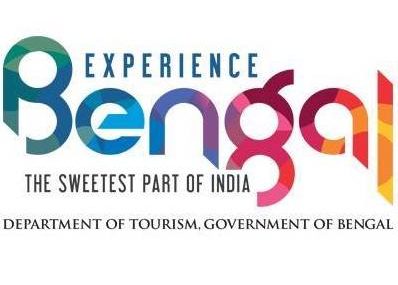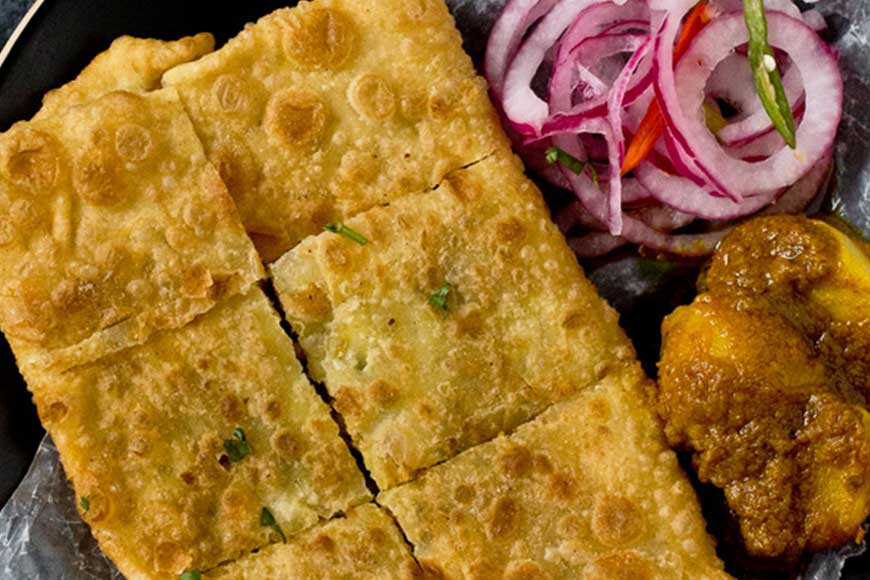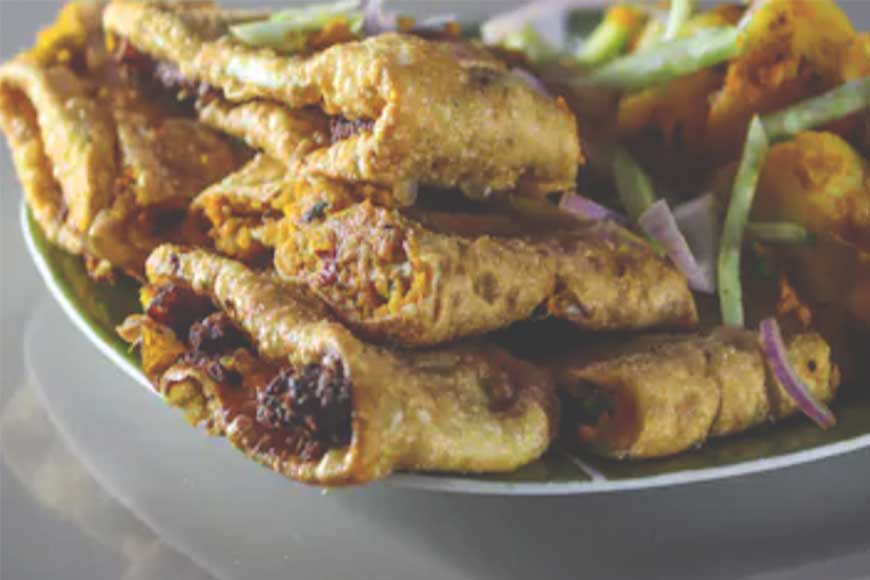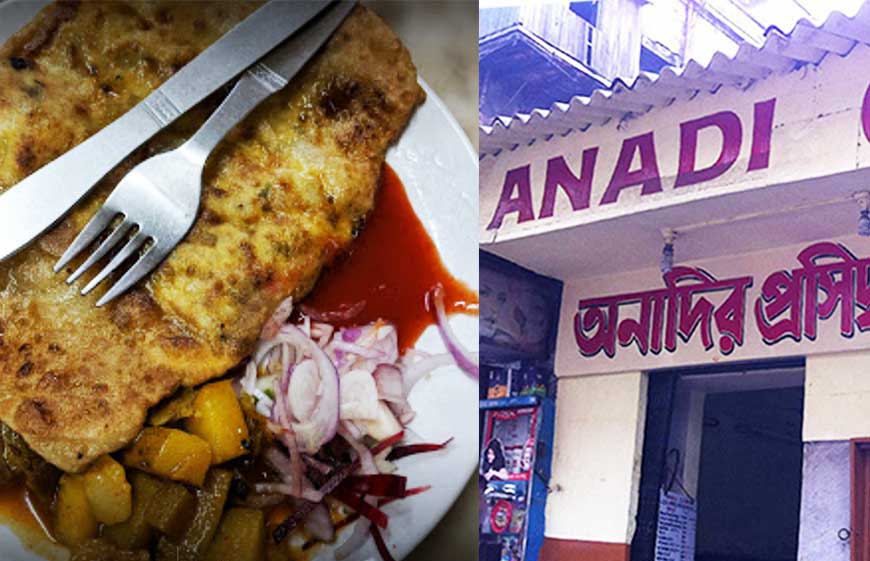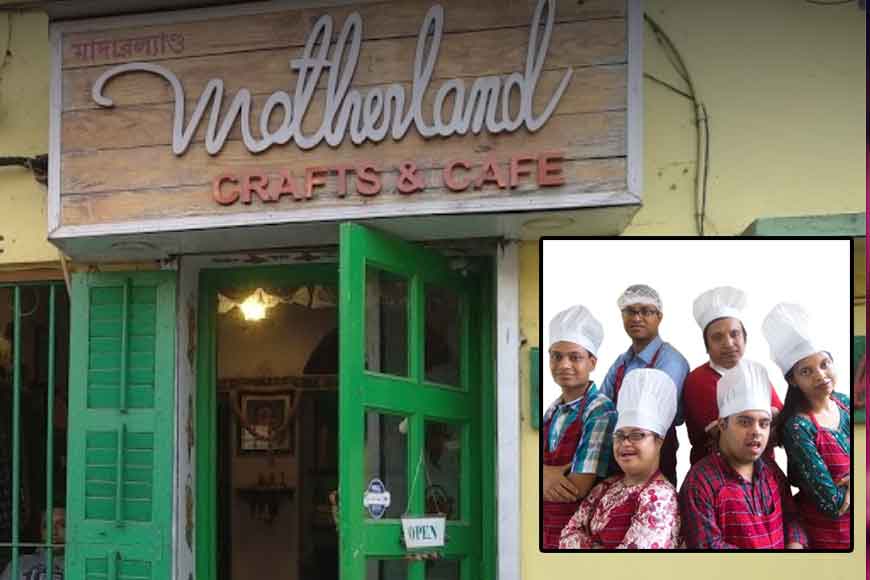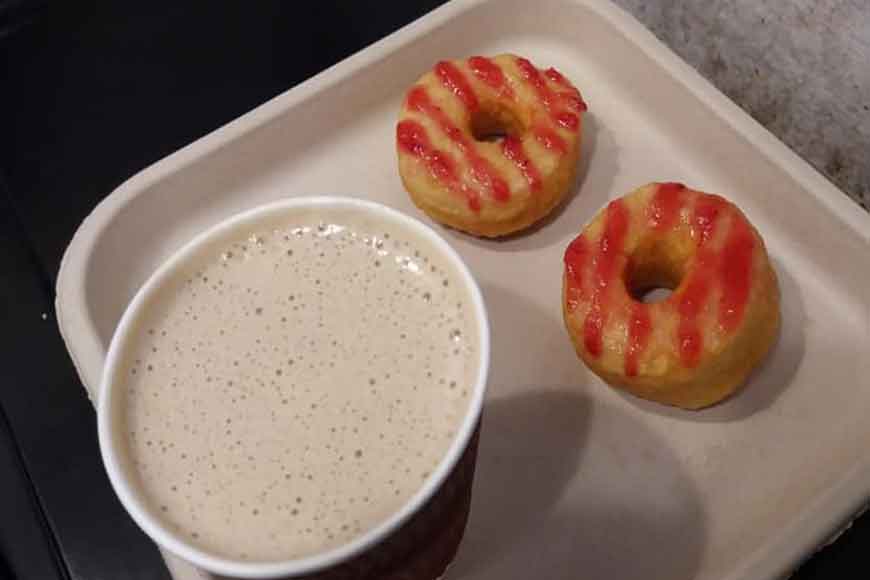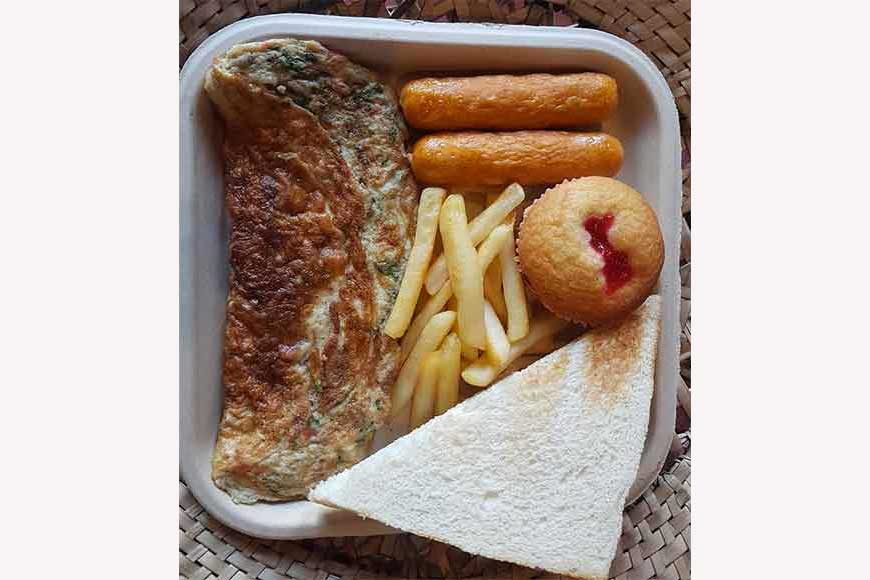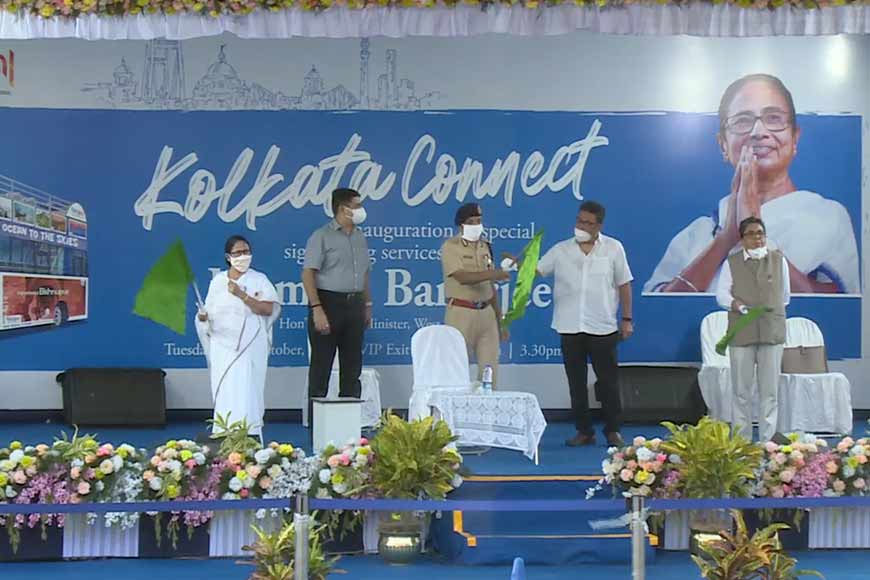
The Tourism Department of West Bengal is introducing sightseeing services in two attractive double decker buses covering the Heritage & Cultural Trails of Kolkata through a theme “Unknown Kolkata” followed by a ride on the Ganges in the WBTDCL house boat in the first phase.
It was nearly a century ago in 1926, that the British introduced Kolkata’s iconic Double Decker buses in line with the Red London buses. The first double-decker bus plied between Shyambazar and Kalighat. Along with the trams, the red double-decker buses became a much-loved symbol of Kolkata. It gained popularity and gradually a fleet of crimson double decker busses were introduced which crisscrossed the arterial thoroughfares of the city.
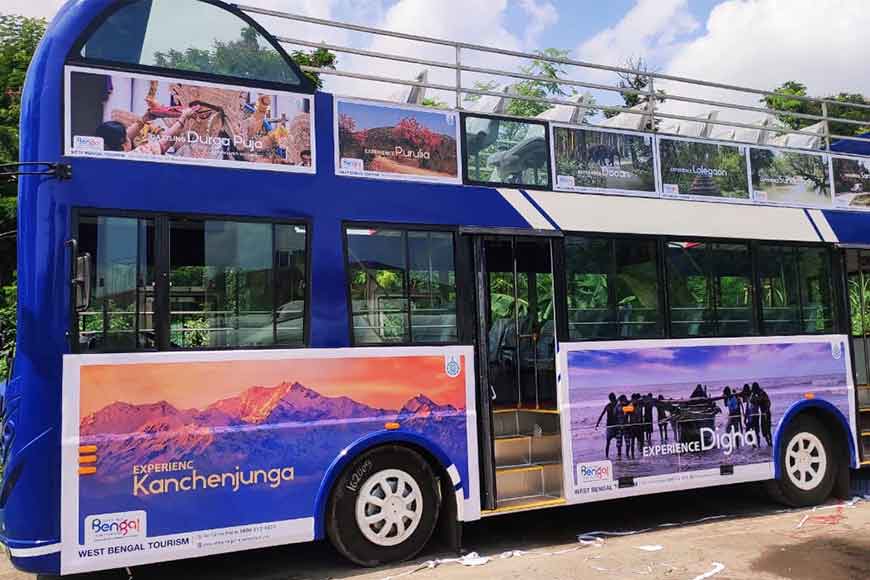 Double decker bus
Double decker bus
However, in the 1990s, the Left Front government phased out these buses because the cost of maintenance of the aging fleet was very high compared to the revenue the vehicles generated. But now, three decades later, the Department of Tourism, Government of West Bengal, is here to reintroduce the iconic double-decker bus on the roads of Kolkata before the Pujas and Hon’ble Chief Minister, Mamata Banerjee, flagged off the service today. The buses will cover the Heritage and Cultural Trails of Kolkata, followed by a ride on the Ganges to give tourists a wonderful experience of the city. The new swanky white and blue buses will replace the crimson of yesteryears, but Kolkatans will surely get a chance to revisit the past.
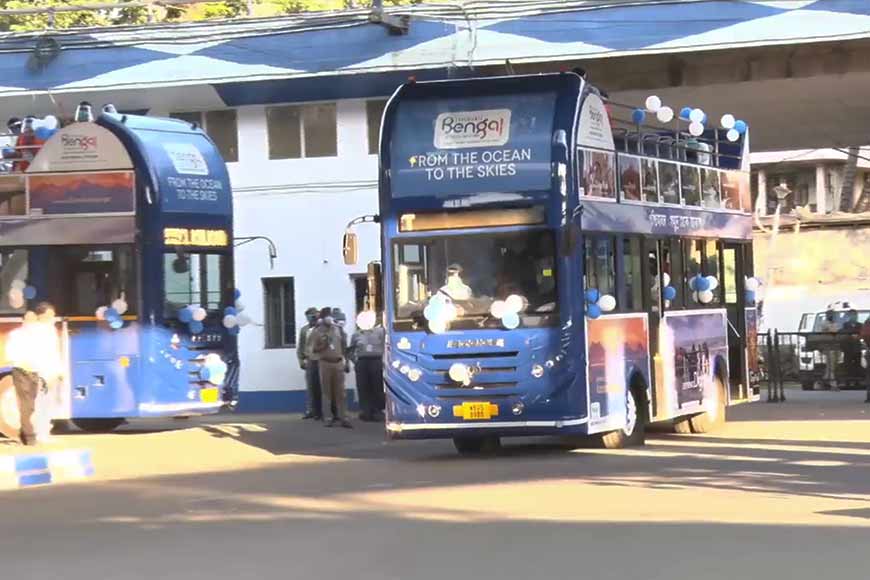 A new journey
A new journey
The government wanted to reintroduce double-decker buses as a novel addition to city’s transport fleet. The new re-designed ‘hop-on hop-off’ tourist buses have been designed in-house by the State Transport Department. There are no approved double-decker models, since no Indian automobile manufacturer makes them. These buses were manufactured at Bebbco, Jamshedpur, a company that specializes in manufacturing standard buses, goods vehicles and delivery vans. The buses are environment-friendly, diesel-run and are BS IV compliant and fuel efficient. The design has got the final approval from the Central Institute of Road Transport (CIRT) and the final road worthiness certificate has been obtained and now the vehicles are ready to hit the roads.
Also read : Kolkata’s iconic double decker bus all set to stage a comeback
The new open-top models will be used as sight-seeing buses for tourists. The Double Decker Trail will cover the iconic landmarks of Victoria Memorial, Fort William, St Johns Church, GPO, Old Currency Building, Dalhousie Square (Binoy Badal Dinesh Bag), Great Eastern Hotel, Curzon Park, Town Hall, Treasury Building, Princep Ghat and Lal Dighi among others.
From the 13th to 22nd October the Lok Prasar Shilpi folk music artistes like Bauls, singers of Jhumur, Bhatiali, Kabigaan and Tarja from the districts of Paschim Medinipur, Howrah, Nadia, Purba Bardhaman, Jhargram, North 24 Parganas, Hooghly and Purba Medinipur will perform before the tourists on the bus to entertain them.
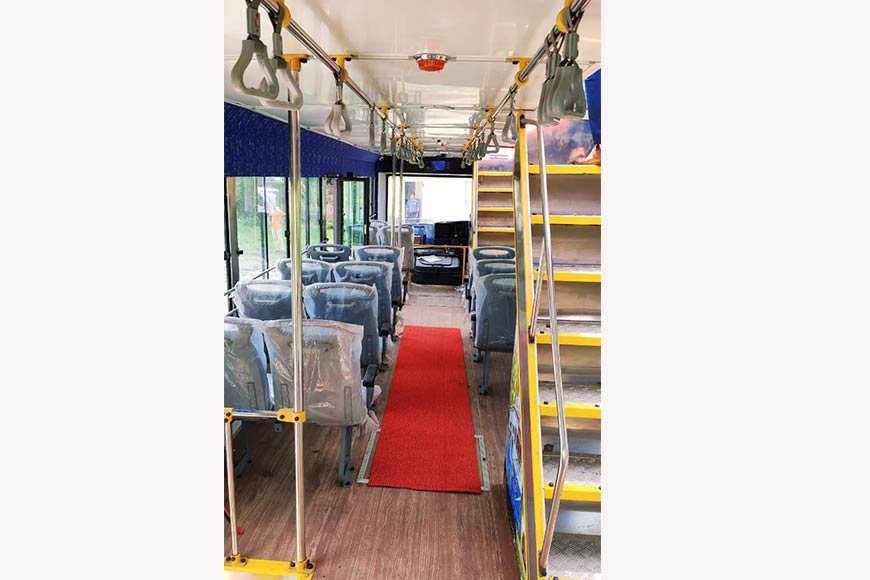 The interior
The interior
These New Double-Decker Buses to be operated by the West Bengal Tourism Development Corporation as a tourist attraction is a positive step in boosting the Tourism Industry in Bengal.
Commercial Operations will commence from 23.10.2020 following all Covid safety protocols. The bookings can be made from the WBTDCL website www.wbtdcl.com from 23.10.2020.

